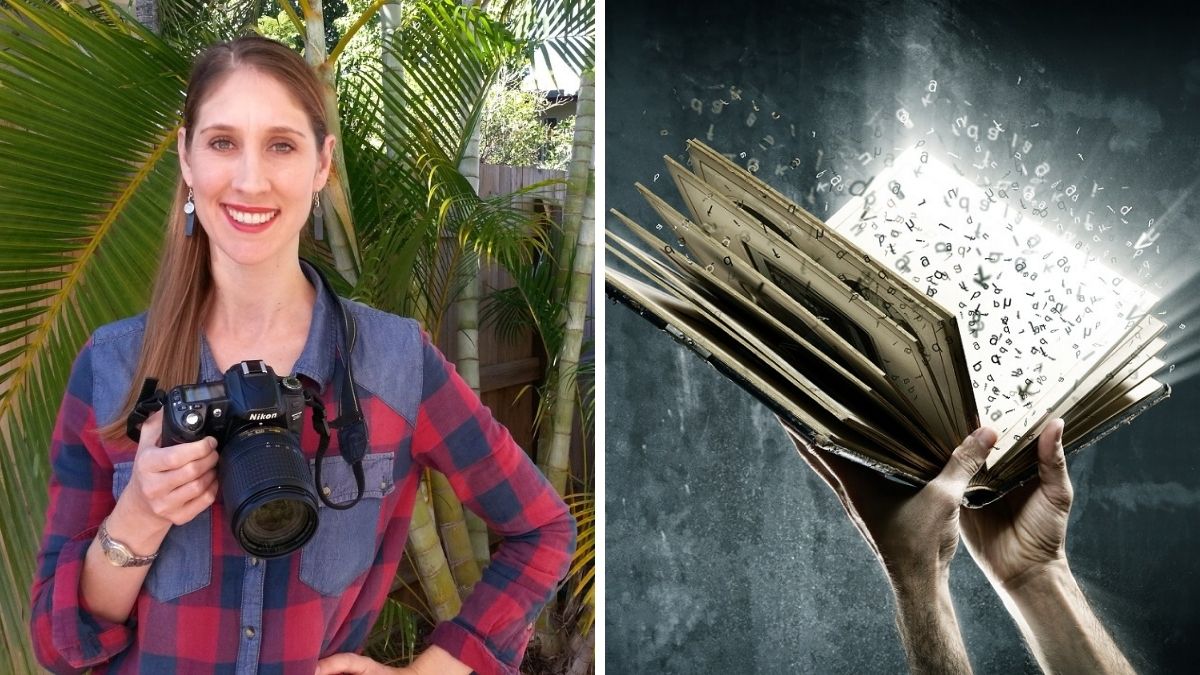
Everything you should know about recording your family stories and family history (plus Black Friday 2020 deal!)
One of the most popular questions I am asked as a life-story writer is how to document family stories?
And the answer is there are many different approaches!
However, I’ve come up with a simple system after many years as a journalist interviewing and sitting down to write different people’s stories.
Most importantly this system is fun, rewarding and repeatable!
Furthermore, these steps are perfect if you want to record family stories for key events or any time of the year.
And they make a great foundation to start other life-story projects like an autobiography, memoir or biography.
So let’s take a look at four steps to document family stories (and keep reading for a great Black Friday 2020 deal on the Your Family Stories System!) …
1 Planning: Plant a seed
The first step in how to document family stories is to make sure you and your family want to commit to the process.
Certainly, if you are leading the project take a moment to clarify the reasons why it is important.
Next seek the support of the loved ones you want to involve.
Indeed, sometimes this will not be easy so be prepared for some initial resistance.
However, once they agree, schedule a time and place to hold a family stories interview or talk.
Related article – Your Family Stories System: 3 amazing ‘bonus’ reasons to record a loved one’s life stories
Related article – Case study: Helping my grandmother, 98, write her autobiography
2 Get organised: Interview preparation
The second step in how to document family stories is to get organised for an interview.
And yes this means a tad bit of homework!
For example, you as the interviewer need to decide what type of interview to hold and what topics or questions to cover.
Also think about what tools you will need such as pens, paper and recording devices.
Meanwhile, your loved one or interviewee, can do some preparation too.
Most importantly this means getting memories flowing and thinking about what specifically they want to talk about.
Related article – Life story challenge: Thanksgiving games and Christmas games to play with family
Related article – Writing challenge – part 1: Join in some stay-at-home fun!
3 Hold an interview: Ready, set, interview
The third step in how to document family stories is to hold an interview.
To begin settle into the interview by making sure everyone is comfortable and you have the tools and resources at hand.
Certainly there are many things to keep in mind when interviewing.
But a good reminder is not to ask too many questions at once.
And most importantly always be respectful and listen to what your interviewee is saying.
Of course keep in mind you might encounter difficult topics.
Also remember life stories are no place for defamation or revenge attacks.
Related article – 3 tips for celebrating family stories + family history
4 Compile material: That’s a wrap!
The fourth and final step in how to document family stories is to compile and present the info you have gathered.
For example, this usually starts with transcribing interview recordings using Rev or other tools.
Also gather photos and documents you want to include or reference.
Next decide how you will present all the information.
Indeed in today’s modern age there are many options.
The ideas are endless: from life-story feature articles to photo books, websites and more!
However, the most important thing is to pick one option and finish your life-story project.
Related article – Transcription: How to make writing easier with 3 transcription writing tools
Final say: How to document family stories
Every family should learn how to document family stories.
The key steps include: planning, organising and holding an interview and then compiling and presenting this material.
Certainly family stories become core to who we are.
And they absolutely deserve to be preserved, shared and celebrated.
So what are you waiting for?
Start documenting family stories today.
Happy writing!
Black Friday 2020 deal
For a limited time get the Your Family Stories System for 50% off. Plus a bonus 30-minute coaching call for FREE! Certainly friends, family and future generations are eager to enjoy, learn and be inspired by life stories. And I can’t wait to help you record, share and celebrate them!
Free gift!
Want to find out more about the Your Family Stories System? Sign up here or fill in the form below to see the first few sections for free!
Your say
Who will you interview now you know how to document family stories? I always love hearing from readers. Drop me an email or leave a reply in the comments section at the end of this article.
Get in touch
Got a question or an idea for a future article? You can let me know here!
Don’t miss an article
Sign up here or fill in the form below to get instant messages when new material is out.
This article first appeared on the website Forever Young Autobiographies.com.

